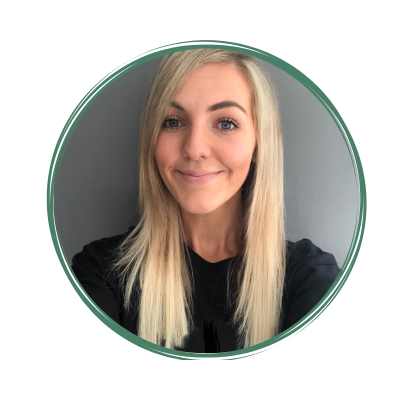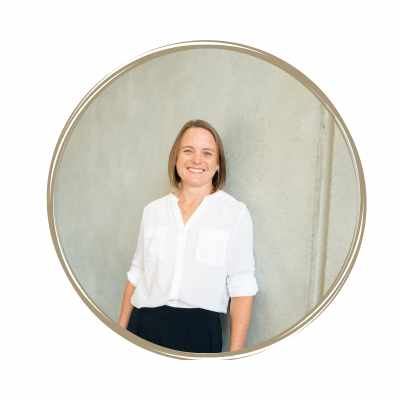Acupuncture dates back over 3000 years and the fact that it is still being practised today not only in China, but all over the world, says a lot about its effectiveness. It is considered a form of complementary or alternative treatment, but is arguable moving towards conventional Western medicine. There is a growing body of evidence not only demonstrating its effectiveness, but also providing the science behind how it works.
Acupuncture is the practice of inserting very thin needles into the body to elicit a physiological change. It stems from Chinese Medicine, which utilises over 400 Acupuncture points over the body that lie on traditional meridian channels. Although we use the same Acupuncture points as traditional Chinese medical practitioners, our clinicians are trained in Western Acupuncture and therefore apply a different theory to its use.
In physiotherapy, we typically treat musculoskeletal injuries, biomechanical dysfunction and pain conditions. Acupuncture has been described as ‘bringing balance to the body’ or ‘returning the body to a state of homeostasis’. In this way, patients receiving Acupuncture have described it as a ‘reset switch’. Although Acupuncture can be used in many different ways, physiotherapists use it to promote tissue healing, reduce inflammation, improve blood flow, modulate acute or chronic pain, regulate the autonomic nervous system, improve flexibility and improve function. Conditions that can be treated include:
Our Physiotherapists will perform a thorough assessment and select the appropriate acupuncture points for your condition, anywhere from one point up to 20 points. Very thin needles are then inserted into the body and are left for up to 30 minutes. Usually the patient feels very little as the needles are inserted, but will feel a sense of heaviness or dullness during the session. It is also important to consider that Acupuncture is used as an adjunct treatment, part of a holistic management approach. Patients should expect other forms of treatment during a session and an exercise program as well if required.

